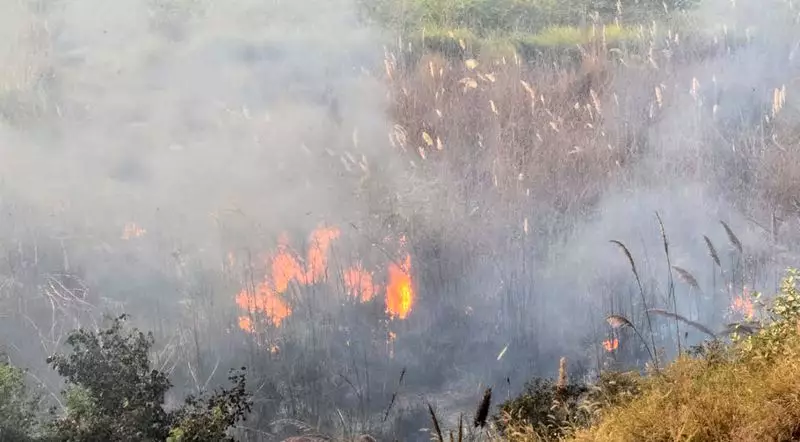
Despite the implementation of GRAP-III pollution control measures in the National Capital Region, Jhajjar district in Haryana continues to witness rampant open burning of waste, raising serious questions about enforcement effectiveness.
Widespread violations across multiple locations
Local reports indicate that open waste burning has become a common sight in several areas of Jhajjar, including near the Bahalgarh bypass and various vacant plots throughout the city. The burning activities persist despite clear prohibitions under the Graded Response Action Plan's third stage, which was activated to combat deteriorating air quality in the region.
Residents have reported seeing smoke billowing from multiple sites where heaps of garbage, dry leaves, and other combustible materials are set ablaze. This practice continues unabated even as authorities claim to be implementing strict pollution control measures across the NCR.
GRAP-III measures and local implementation gap
The Commission for Air Quality Management (CAQM) had enforced Stage-III of the Graded Response Action Plan across the National Capital Region, including Haryana. These measures include a complete ban on construction and demolition activities, except for essential projects, and restrictions on the operation of certain vehicle categories.
Most significantly for Jhajjar's situation, GRAP-III explicitly prohibits the burning of waste in open areas. However, the ground reality shows a significant gap between policy and implementation, with local authorities failing to prevent these environmentally damaging practices.
Environmental and health consequences
The continuous open burning of waste contributes significantly to air pollution levels in the region. This practice releases harmful pollutants including particulate matter, toxic gases, and carcinogenic compounds directly into the atmosphere, exacerbating the already poor air quality that prompted GRAP-III implementation.
Medical experts warn that exposure to smoke from burning waste can cause serious respiratory problems, eye irritation, and exacerbate existing health conditions. The most vulnerable populations, including children, elderly residents, and those with pre-existing respiratory conditions, face the highest health risks from this persistent pollution source.
Environmental activists have expressed concern that unless immediate and strict action is taken against violators, the situation could worsen as winter approaches, when meteorological conditions typically lead to increased pollution concentration in the atmosphere.
The ongoing violations in Jhajjar highlight the critical need for better monitoring and stricter enforcement of pollution control measures at the local level to protect both public health and environmental quality in the National Capital Region.





